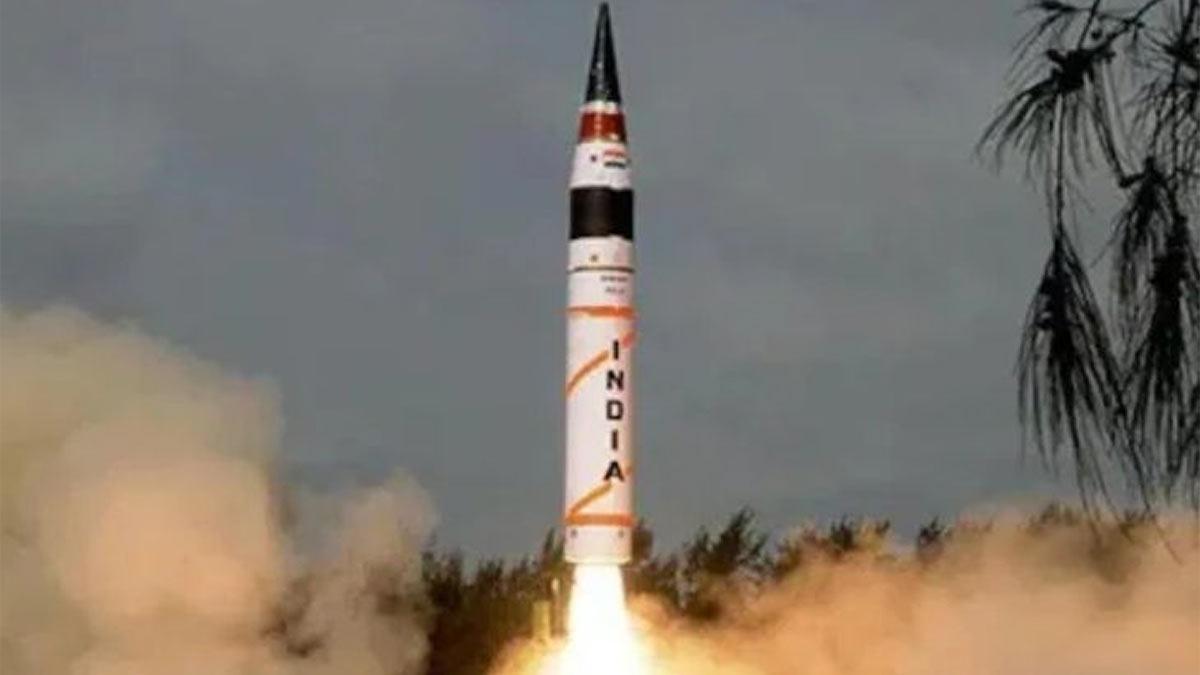India is accelerating the development of advanced bunker-buster warheads as part of a fresh iteration of its Agni missile project. This precision-guided missile is being engineered to attack heavily defended enemy locations sunk deep underground—targets conventional weapons cannot effectively neutralize.
The project, already in the works, has been accelerated by recent news of successful American attacks on Iranian nuclear facilities. These deep within mountains and shielded by armoured concrete had proved extremely difficult to target until successfully targeted by American bunker-buster bombs, as marked by media coverage.
Unlike the U.S. method of using bunker-buster bombs through B2 stealth bombers, India is opting to combine the warhead with a missile system. Not only does this reduce the cost of operation, but it also provides more flexibility in deployment. The Defence Research and Development Organisation (DRDO) is said to be developing an improved version of the Agni-5 intercontinental ballistic missile (ICBM).
While the regular Agni-5, with a range well over 5,000 kilometres, is normally fitted with nuclear warheads, the new variant will have a conventional warhead. The new model will be capable of carrying much heavier 7,500-kilogram payload specially designed to penetrate hardened underground targets.
The objective is for this missile to penetrate 80 to 100 meters below ground before exploding, which would make it perfect for taking out strategic enemy infrastructure like command centers, missile silos, and other vital underground military facilities.
Two new configurations of Agni-5 are reportedly being developed. One will be optimized for detonation over the air, appropriate for surface targets such as runways and armored divisions, while the other will have a deep-penetration role, akin to the U.S.-designed GBU-57 Massive Ordnance Penetrator.
Because of the much higher payload weight, the range of these bunker-buster-capable missiles will be restricted to about 2,500 kilometres—half that of the base Agni-5. However, this range is deemed sufficient for their tactical purpose.
These missiles are said to fly at hypersonic velocities between Mach 8 and Mach 20, carrying formidable warheads with unprecedented velocity and destructive power.


















